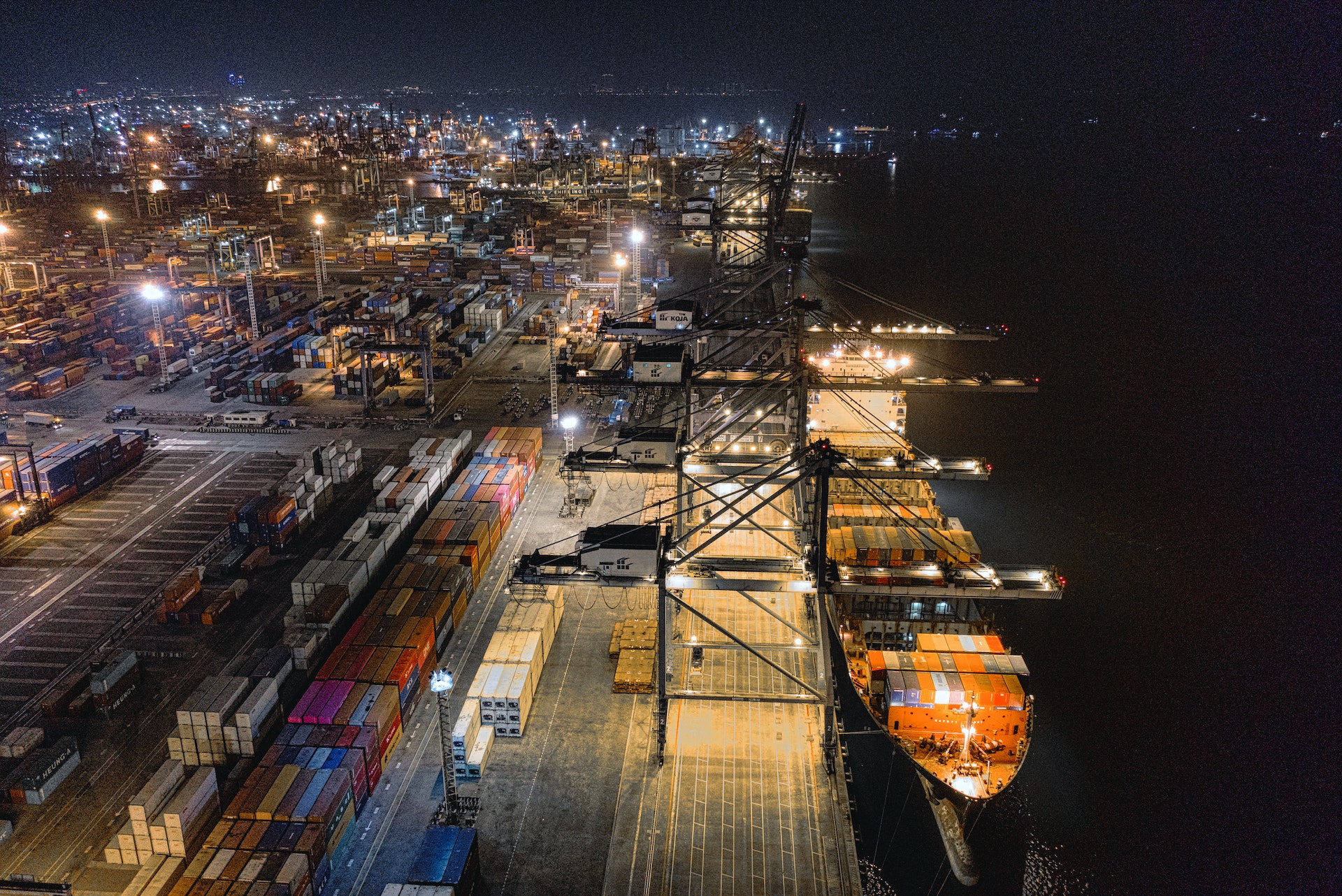The human social and behavioral activities play significant roles in the spread of COVID-19. Social-distancing centered non-pharmaceutical interventions (NPIs) are the best strategies to curb the spread of COVID-19 prior to an effective pharmaceutical or vaccine solution. This study investigates various social-distancing measures’ impact on the spread of COVID-19 using advanced global and novel local geospatial techniques. Social distancing measures are acquired through website analysis, document text analysis, and other big data extraction strategies. A spatial panel regression model and a newly proposed geographically weighted panel regression model are applied to investigate the global and local relationships between the spread of COVID-19 and the various social distancing measures. Results from the combined global and local analyses confirm the effectiveness of NPI strategies to curb the spread of COVID-19. While global level strategies allow a nation to implement social distancing measures immediately at the beginning to minimize the impact of the disease, local level strategies fine tune such measures based on different times and places to provide targeted implementation to balance conflicting demands during the pandemic. The local level analysis further suggests that implementing different NPI strategies in different locations might allow us to battle unknown global pandemic more efficiently.





